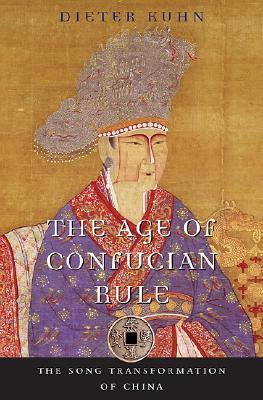What do you think?
Rate this book


368 pages, Hardcover
First published March 15, 2009
“Furthermore, the Song agreed that in the last month of spring, Jin envoys would arrive at the border town of Sizhou on the Huai River to receive tribute of 250,000 ounces of silver and 250,000 bolts of silk. This annual Song subsidy helped stabilise the finances of the Jin court and kept the Jurchen dynasty intact for almost a century.” ~Chapter 4: The Song in the South, page 78.
“But as the range of ceramics available on the market increased—from the attractive yellowish-brown coarseness of a bowl to delicate and refined wares suitable for a scholar’s studio or tea ceremony and precious enough to be collected—gold and silver wares no longer held the same sort of attraction and social prestige for their owners as they had in Tang times.” ~Chapter 12: Private Lives in the Public Sphere, page 255.

Song Meiping vase is a Qingbai ware type produced in Jingdezhen city, Southern Song (1127-1279) period. This particular vase was probably used as a bottle to hold plum wine.